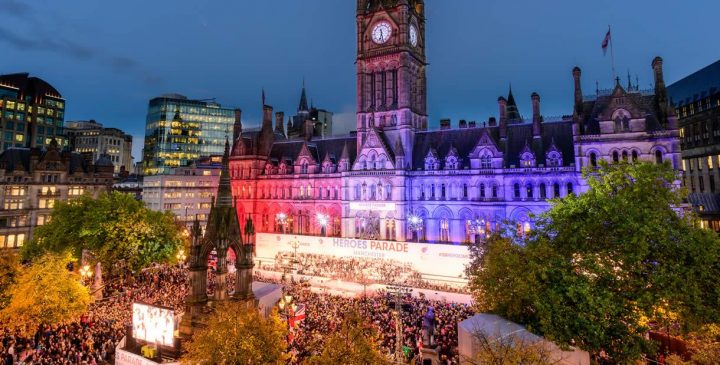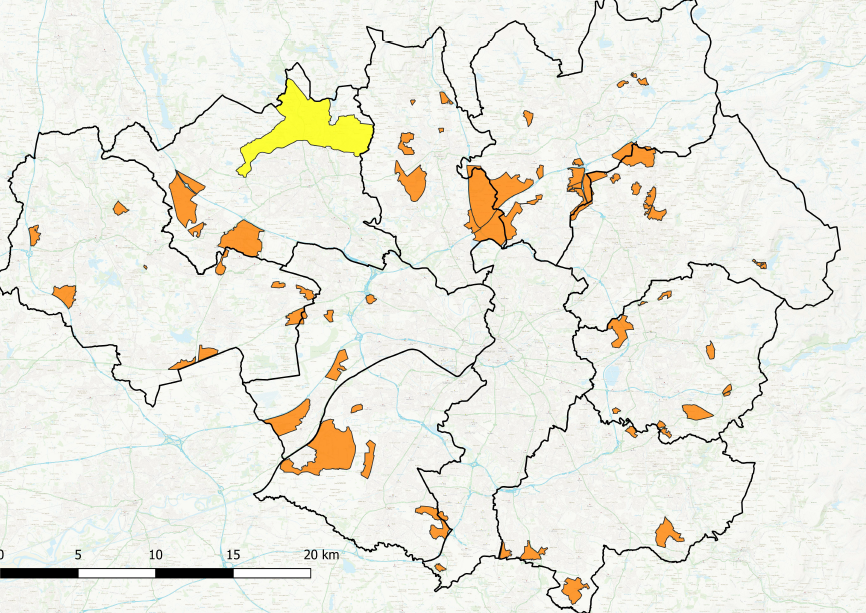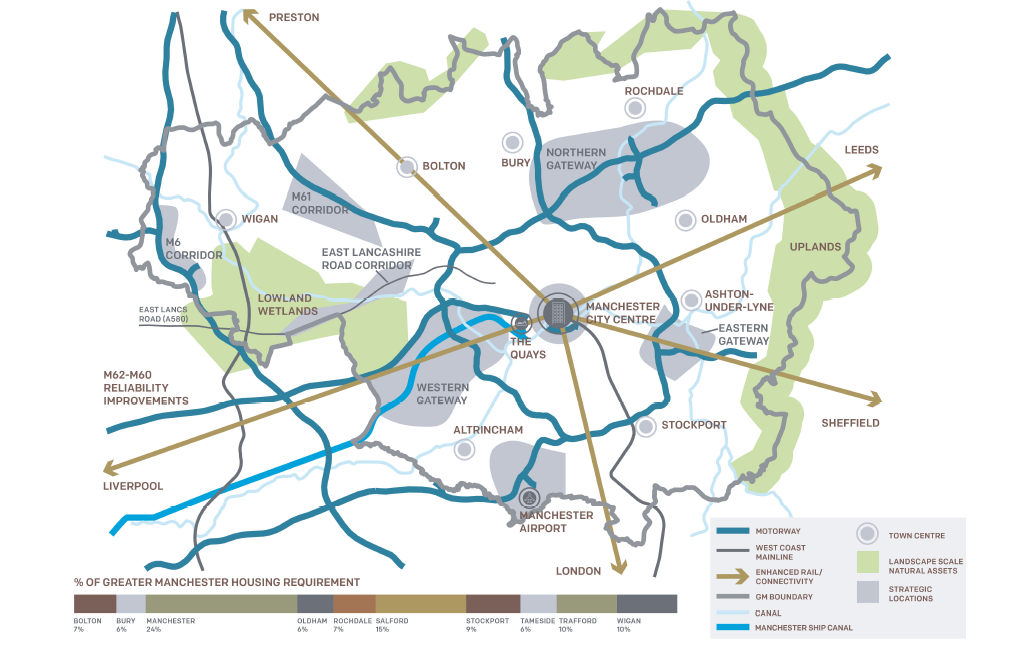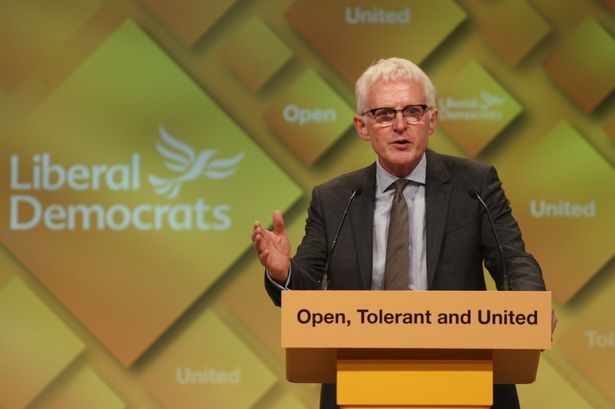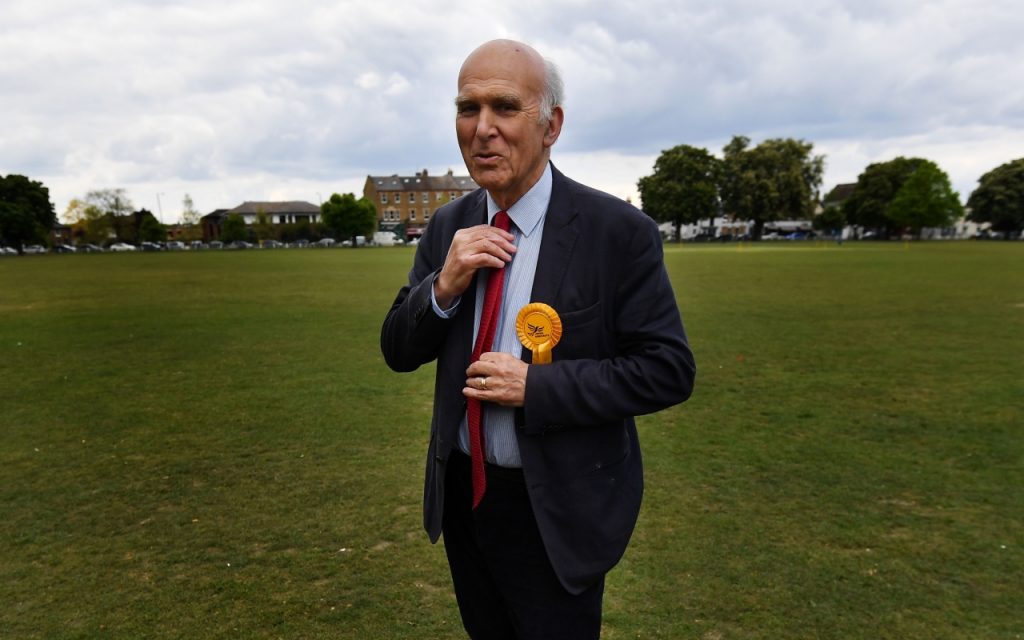At Bury’s last Full Council meeting, Lib Dem councillors asked questions on how Bury was performing on reducing the rate of smoking in the borough. Local Councils have responsibility for public health, of which reducing smoking rates is an important part.
We asked following the Public Health England report on smoking rates for 2016, which showed the biggest drop in a decade with the rate falling to 15.5% of the population, a 1.4 percentage point drop from 16.9% the previous year.
For the first time, the figures show that the biggest drop is among younger adults, aged 18-29 years, with smoking rates having fallen by an impressive quarter since 2010. This reverses a long trend, which has seen rates among this younger group stubbornly fall at a lower rate than the overall population.
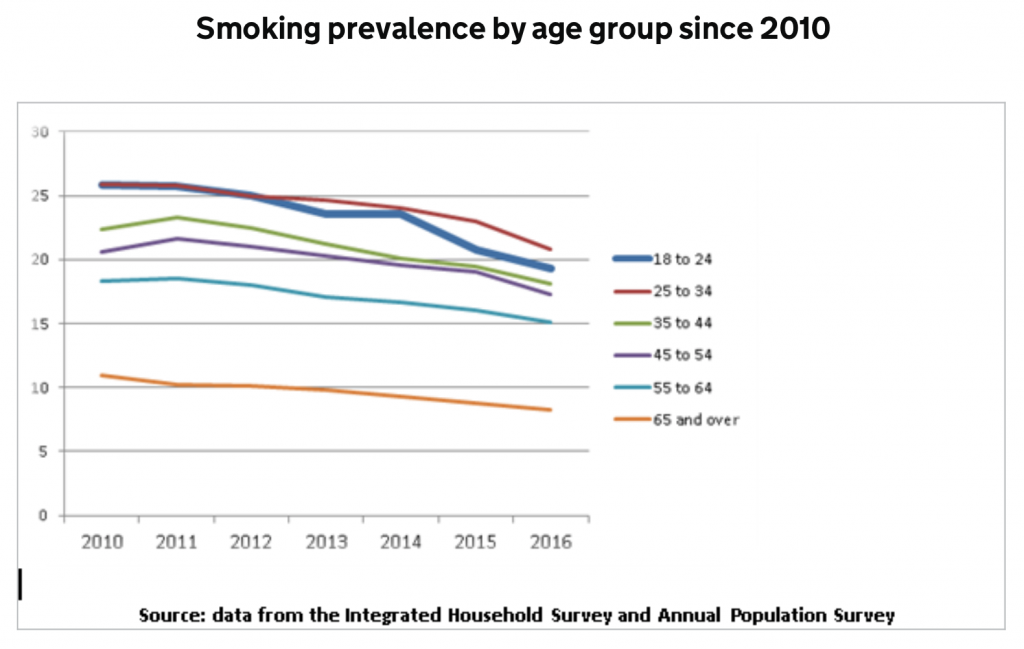
We wanted to ask how Bury was doing compared to this national picture:
Question: Nationally smoking amongst young people has fallen faster than other groups in the last five years. Could the Leader inform members how Bury compare to the national statistics, and what is the authority doing to achieve an above average smoking reduction in Bury.
Answer: The latest research conducted by Trading Standards North West (2017) indicates that there is a downward shift in levels and perceptions of smoking among young people, reporting that fewer than 5% of children aged eight to 15 in England have smoked – representing the lowest level on record.
According to the report, between 2009 and 2017, the smoking rate in the North West among14-17 year olds has fallen from 22% to 9%. Whilst at present, the Bury cut of data has not been made available, it is interesting to note that Bury had the largest volume of responders to the survey within the NW, so the data is likely to be representative of the trend locally (although this cannot be guaranteed).
The biggest impact on reducing the uptake of smoking by young people has come from measures taken at a national level including:
– Increasing the price of tobacco products
– Plain packaging legislation
– Banning the sale of packs of 10’s cigarettes
– Raising the legal age of tobacco sales from 16 to 18yrs
– The ban on smoking tobacco in cars when accompanied by children The ban on tobacco advertising
There are a number of measures being undertaken locally here in Bury to support the further reduction of smoking rates among young people including:
– E-cigarette guidance and support to refresh smoking policies in schools Pilot program to de-normalise smoking around children in sporting spaces
– Development of an information pack for Primary schools’ use to raise awareness of how children and young people may be targeted with illegal and illicit tobacco.
We asked a follow on question about funding for Smoking Reduction Services, and whether Bury had reduced their spending on this. This followed a report by the charity Action on Smoking and Health that 40% of Councils had reduced their spend.
Answer: Since the council took responsibility for commissioning of Smoking Cessation there has been no overall reduction in funding. We are however working to modernise the service and create an integrated healthy lifestyle service to support people with various aspects of healthy living. So whilst we continue to invest in smoking cessation support there is no longer a separate service identity. In addition to the Healthy Lifestyle service, some pharmacies offer smoking cessation support and our school health service is working with Early Break to deliver smoking education to children and young people.
Part of our locality plan transformation proposals include a proposition to significantly increase the capacity of the Healthy Lifestyle Service and there are GM proposals to invest in a GM wide digital self help offer.
More information on the Public Health England Report here.

